What is the tolerance range of precision screws?
What is the tolerance range of precision screws?
Service Hotline
+86760-8787 8587We have more than ten years of production experience in the screw industry, the main products are: aluminum cup head screws, special screws for S-type guardrail, yin and yang round studs, 8.8 color zinc hexagon nuts, DIN6907 washers, mold gaskets, diamond pattern aluminum column connection Long nut, anti-thread cover nut, wheel hub bolt, TA2 titanium bolt, non-slip flange hexagon nut, triangular anti-theft bolt, black zinc plated countersunk head screw, small tooth hexagon socket bolt, flat washer spring washer combination and other fasteners, due to the product The materials and specifications are different, and the prices are also different. Please contact us if you need it.


Now people often use spring washers to lock nuts and bolts, spring washers, generally stainless steel and carbon steel non-closed spiral washers, under the nut, above the flat washer, increase the friction between the nut and the bolt, used to prevent The loosening of the nut plays a role in preventing vibration and loosening, but it is often due to a radial external tension, which is caused by the tightening axial force generated by the tightening torque, and the phenomenon of open ring expansion occurs, and the hydrogen embrittlement of the spring washer often occurs. The pressure is unevenly applied to the flat washer through the spring washer, and the friction coefficient between the spring washer and the nut and the flat washer is small, resulting in vibration, rotation and relaxation.
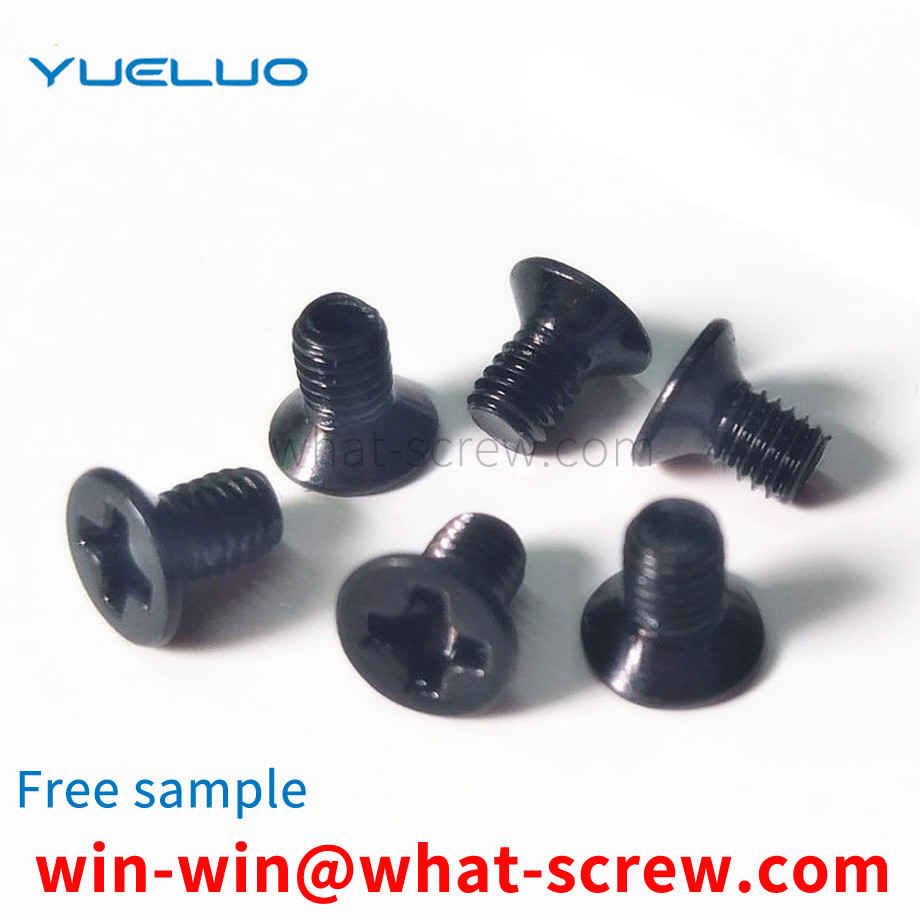
Stud bolts generally need to be surface treated. There are many types of bolt surface treatments. Generally, electroplating, blackening, oxidation, phosphating, and electroless zinc flake coating are commonly used. However, electroplated fasteners account for a large proportion of the actual use of fasteners. Especially in automobiles, tractors, home appliances, instrumentation, aerospace, communications and other industries and fields are more widely used. However, for threaded fasteners, not only a certain anti-corrosion capability is required in use, but also the interchangeability of threads must be ensured, which can also be called screwability here. In order to meet the dual-use performance of anti-corrosion and interchangeability required by threaded fasteners in use, it is very necessary to formulate special plating standards. GB/T5267.1-2002 [Threaded fastener electroplating layer] standard is one of the national standards fastener surface treatment series of standards, the standard includes: GB/T5267.1-2002 [fastener electroplating layer]; GB/T5267.2-2002 [Electrolytic zinc flake coating for fasteners] Two standards. This standard is equivalent to the international standard ISO4042; 1999 [Threaded fastener electroplating layer]. This standard replaces the GB/T5267-1985 [Threaded Fastener Electroplating Coating] standard.
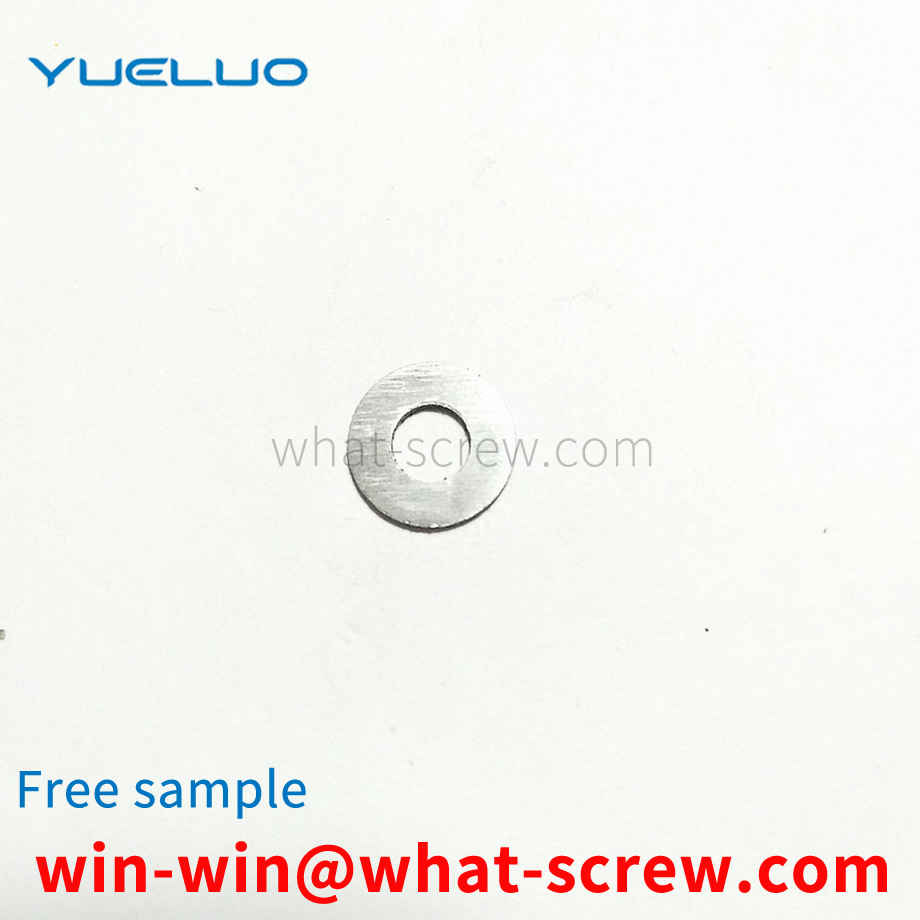
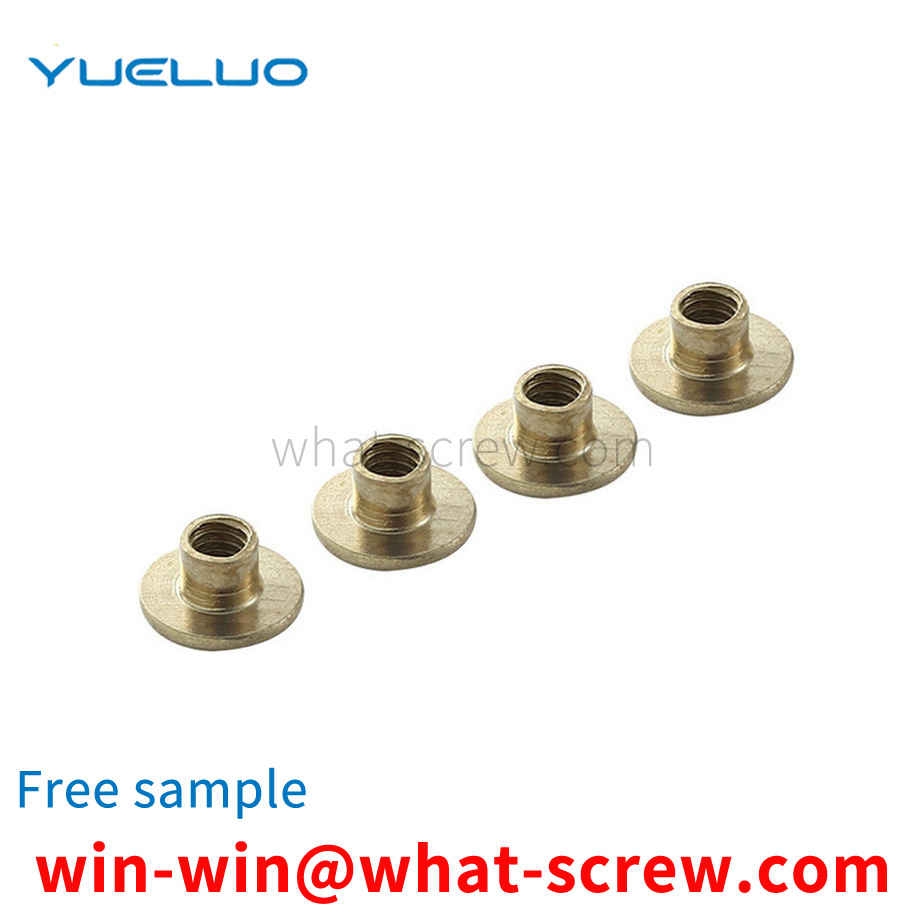
Nut fasteners are used in various industries with connection and fastening requirements, such as vehicles, construction machinery, agricultural machinery, manufacturing machinery, etc. For large construction machinery or construction vehicles, due to the harsh working environment and the action of heavy loads, the nut fasteners on it are subjected to vibration and load impact in all directions, which makes the nut easier to loosen, resulting in tightening. The function of the device is reduced or even failed. cause a great safety hazard.
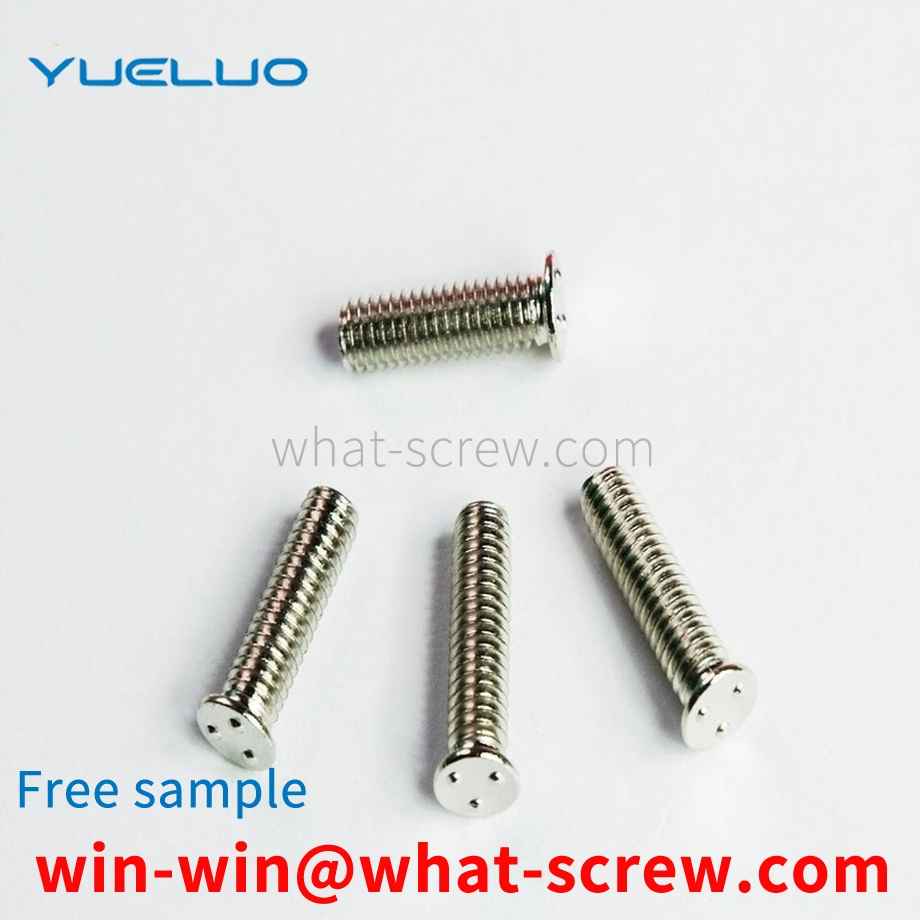
At present, shaft retaining rings are mainly divided into three categories: elastic retaining rings for shafts, flattened wire retaining rings for shafts, and wire retaining rings for shafts. Among them, the spring retaining ring for the shaft is generally installed with circlip pliers, and the flattening wire retaining ring for the shaft and the wire retaining ring for the shaft are generally installed with a sharp screwdriver or needle-nose pliers. The defects and deficiencies of these two methods will be discussed in detail below: First, the above two installation methods require the operator to use a large force to open the retaining ring, which is more laborious; For the installation of the flattened steel wire retaining ring for the shaft and the steel wire retaining ring for the shaft, because the wire retaining ring has low elasticity and has no force point, it is very easy to cause the retaining ring to break or the installation tool to slip during the installation process. Higher skills and experience can be competent for the installation of wire retaining rings.
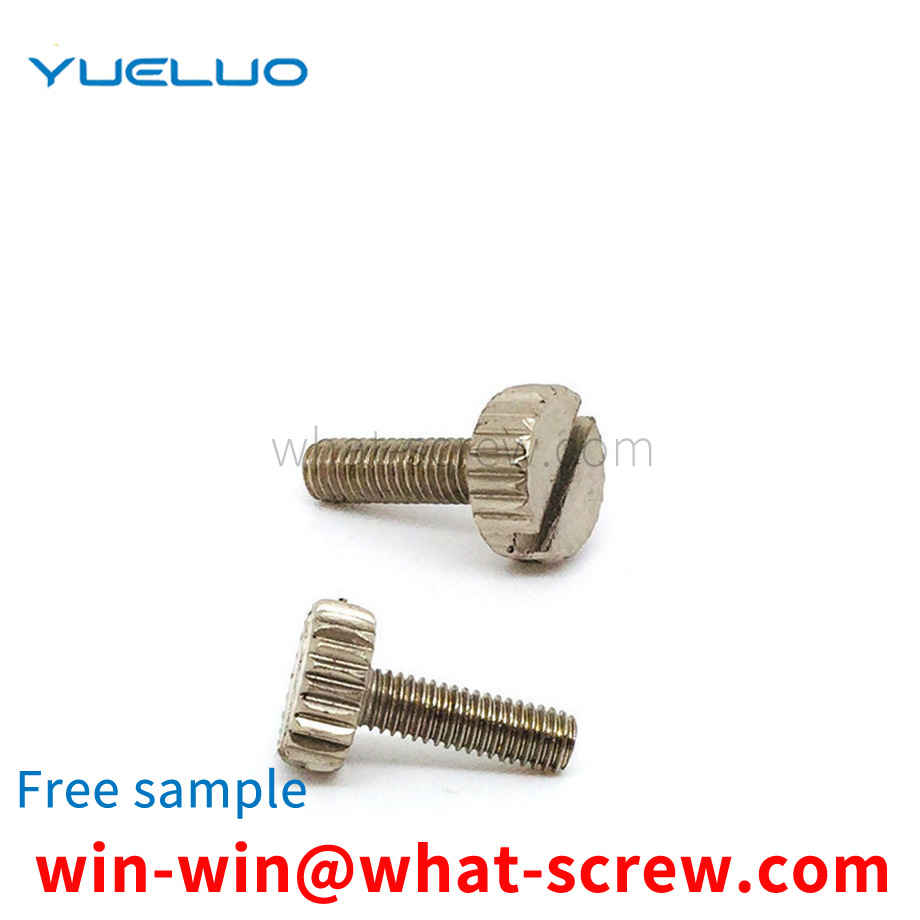
The above content is uploaded by Yueluo or the Internet. If there is any copyright issue, please contact [email protected].

What is the tolerance range of precision screws?

How to choose the right stainless steel screw manufacturer?

Why is there an R angle under the head of the hexagon head s...

We have more than ten years of production experience in the ...

We have more than ten years of experience in the production ...

We have more than ten years of experience in the production ...

We have more than ten years of experience in screw industry ...